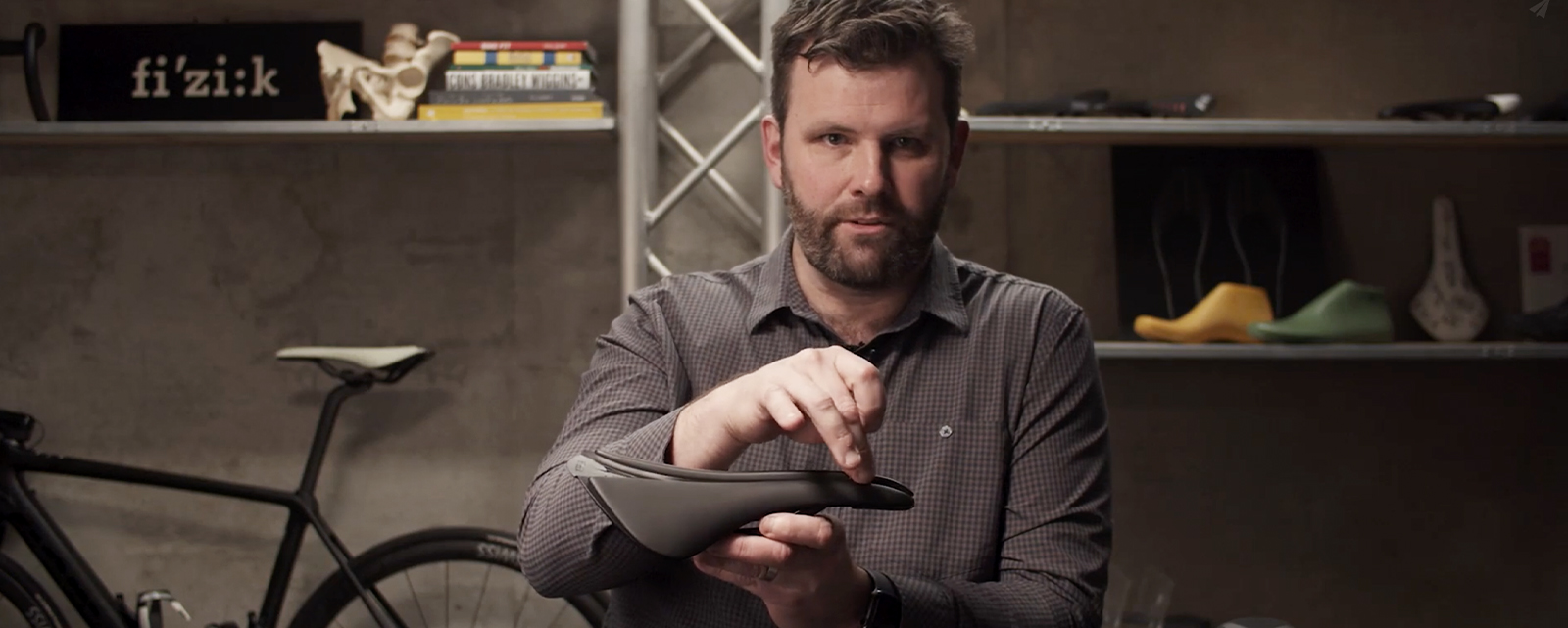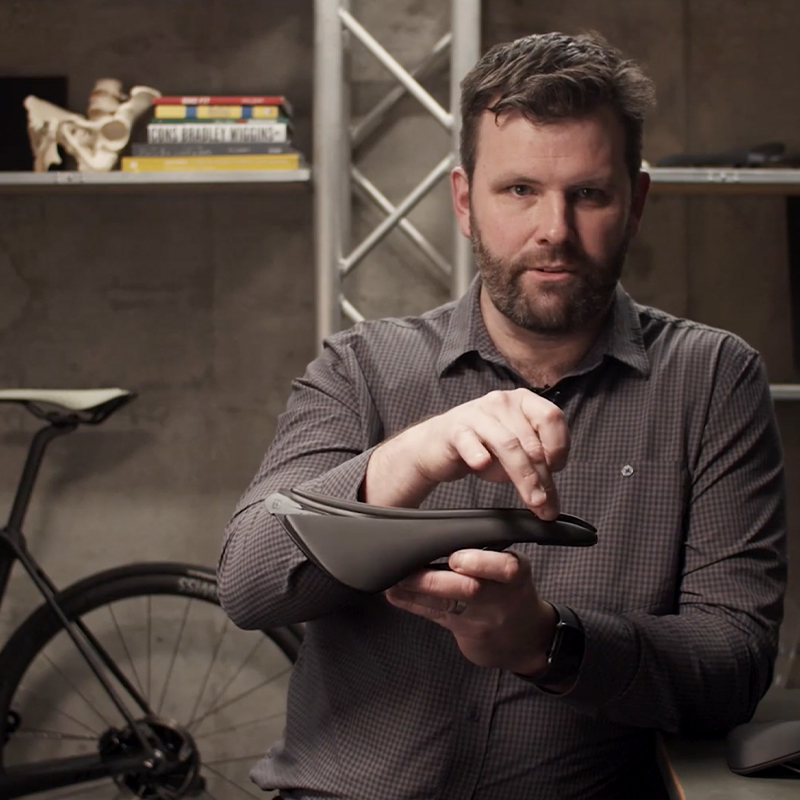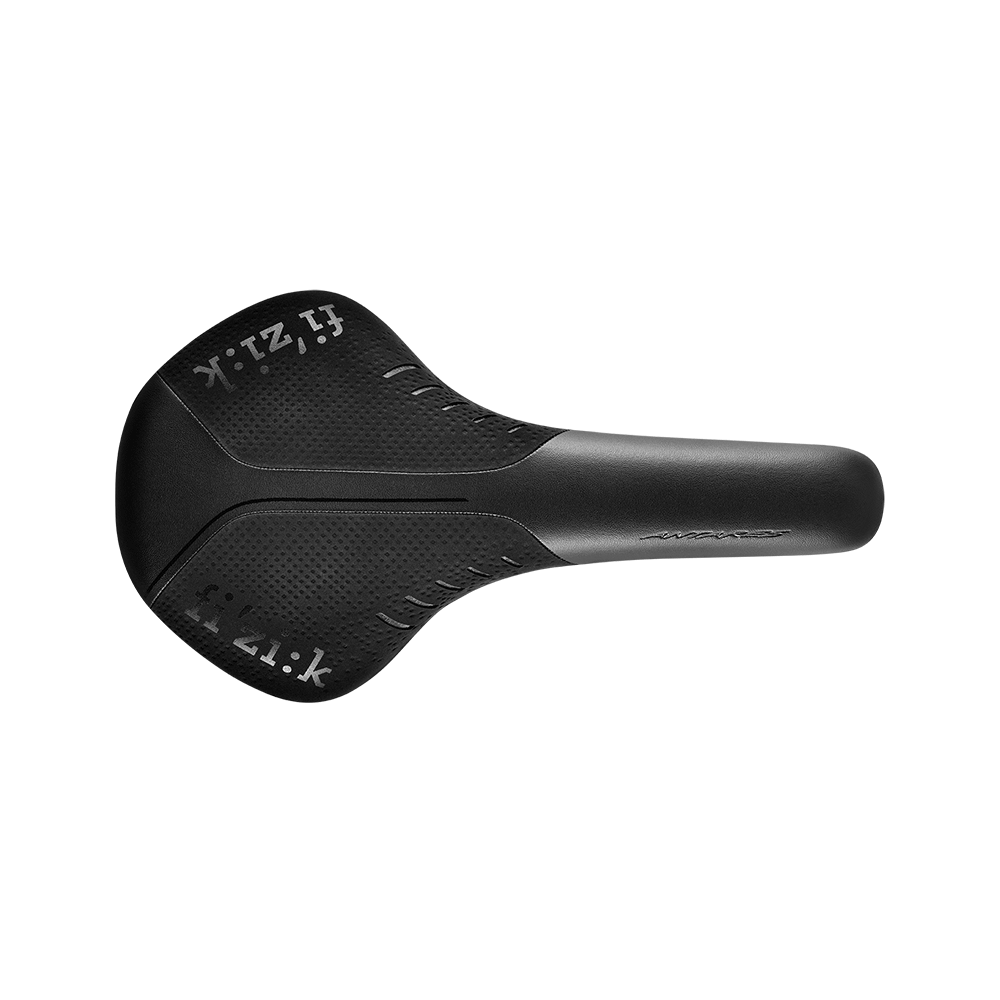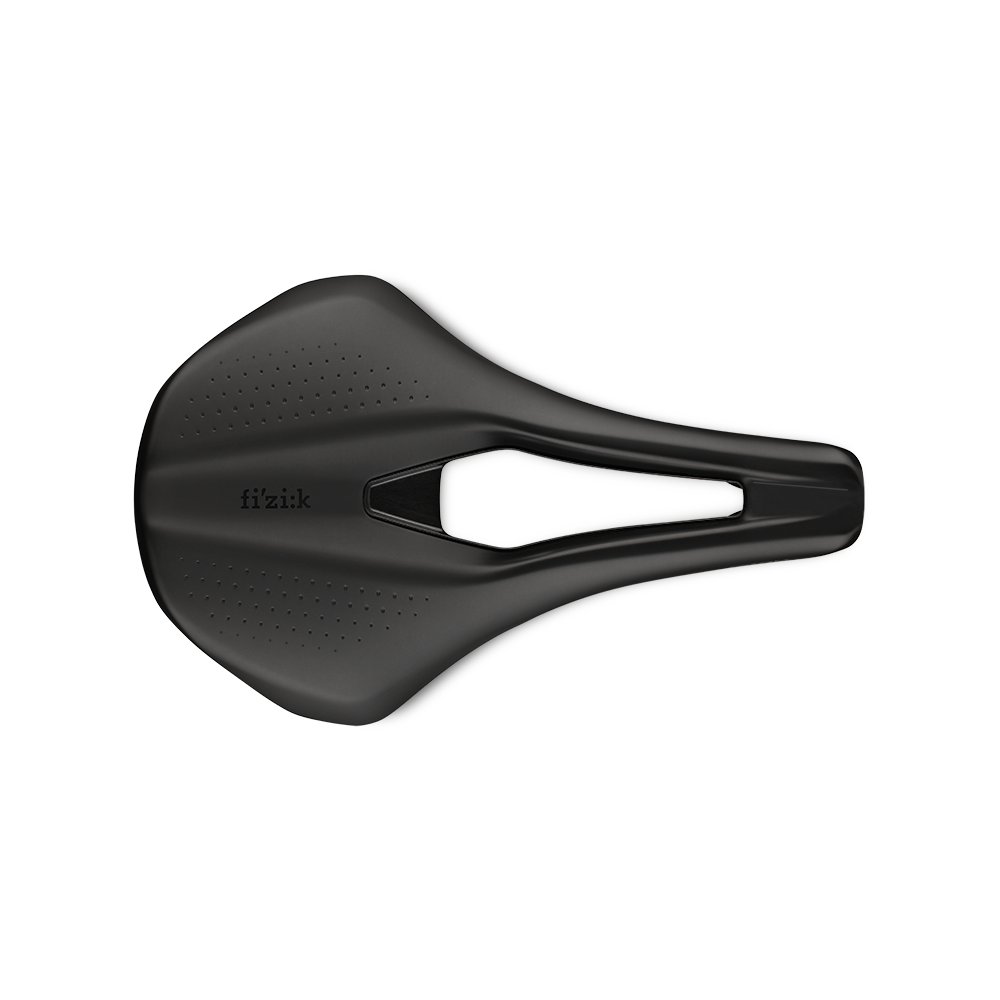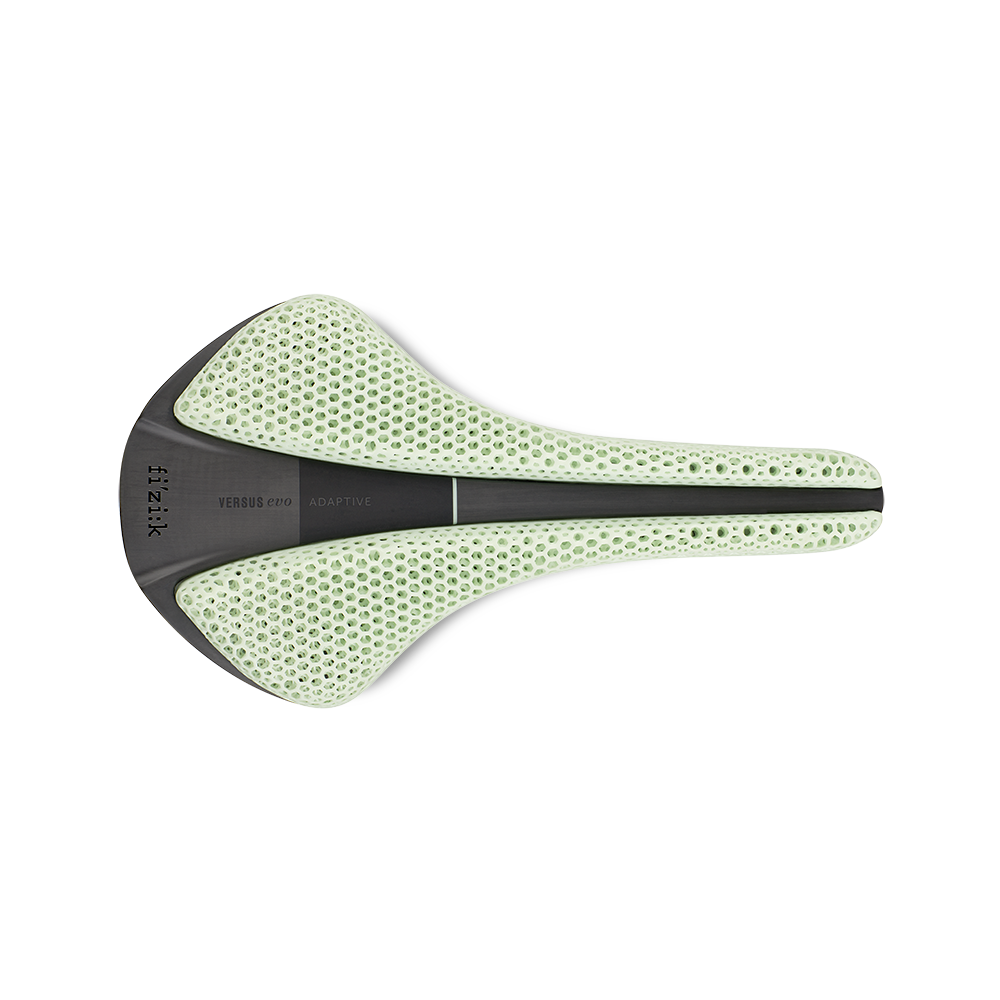As part of our new Phil Burt Tutorial Series, we are joined by leading Physiotherapist and bike fit expert, Phil Burt, to examine the differences in saddle design and how that applies to finding the right fit. In this first instalment, Phil compares the varying saddle surfaces to help riders make more informed saddle choices to match both their body type and riding style.
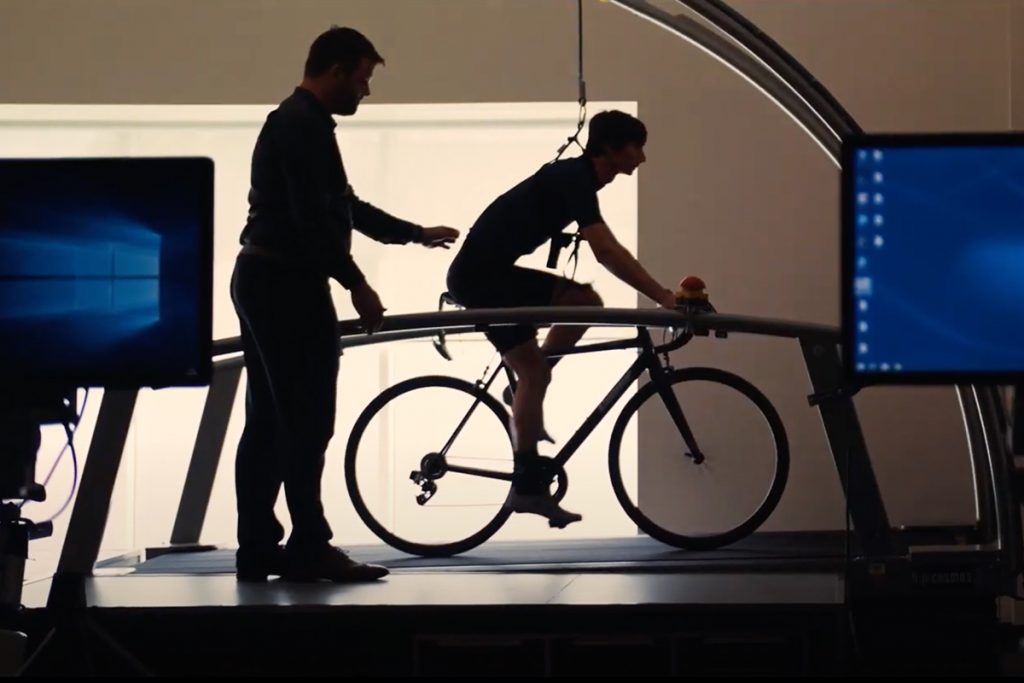
Looking across the spectrum of cyclists and the various disciplines they pursue, it’s evident that no two cyclists are exactly alike. Cycling is, for the most part, an individual sport after all, which makes personalized performance important and finding the right equipment crucial. There’s no one-type-fits-all approach when it comes to comfort, and nowhere is the relationship between riders and their bikes more delicately balanced than at the saddle.
Fortunately, saddle design has evolved considerably over the years with the modern market providing more choice than ever before—which can make making the right choice challenging. To better understand the available options as well as the potential benefits of each, we’ll start at the top by looking closely at the three most popular saddle surface shapes: Solid, Cut-Out and Channelled.
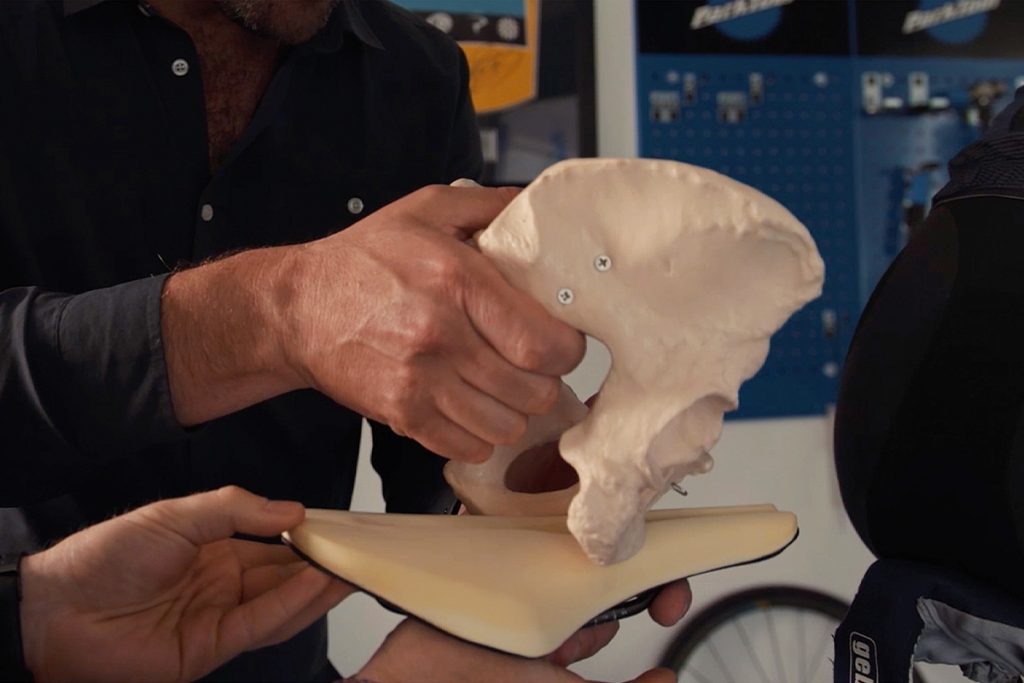
SOLID SADDLES
As the name suggests, with Solid Saddles, the entire surface is uninterrupted, smooth and solid, though specific widths, lengths and fore-to-aft profiles may vary between models. Solid saddles are ideal for riders seeking a more traditional fit, those who find comfort in greater connection and individuals who adopt a more upright riding posture. Solid saddle options in the fizik family include the Arione R3 and the Antares R1, amongst others.
CUT-OUT SADDLES
For some riders, especially those favouring the forward, aero riding position, long hours on traditional solid saddles can lead to discomfort and numbness due to unwanted pressure placed on sensitive tissues. With Cut-Out Saddles, the centre of the seat is removed to provide relief without sacrificing strength or sit-bone support. Specific cut-out models include the Tempo Argo R1 and R3 as well as Luce models and all our Open saddles.
CHANNELLED SADDLES
The latest step forward in saddle surface design is Channelled Saddles. Similar to Cut-Out Saddles, Channelled Saddles aim to avoid unpleasant pressure. Yet instead of a single removed section, Channelled Saddles feature raised padding, supporting the sit bones on either side of a central relief that runs the entire length of the saddle’s surface. The advantage of Channelled Saddles is that they allow riders to sit anywhere on the saddle, from nose to tail, while still being perfectly positioned and pressure free. For cyclists seeking comfort and front-to-back freedom of movement, the Adaptive line of saddles and Antares R1 Versus Evo are amongst our many Channelled options.
Phil Burt further explains the subtleties of saddle surface design in the following video:

